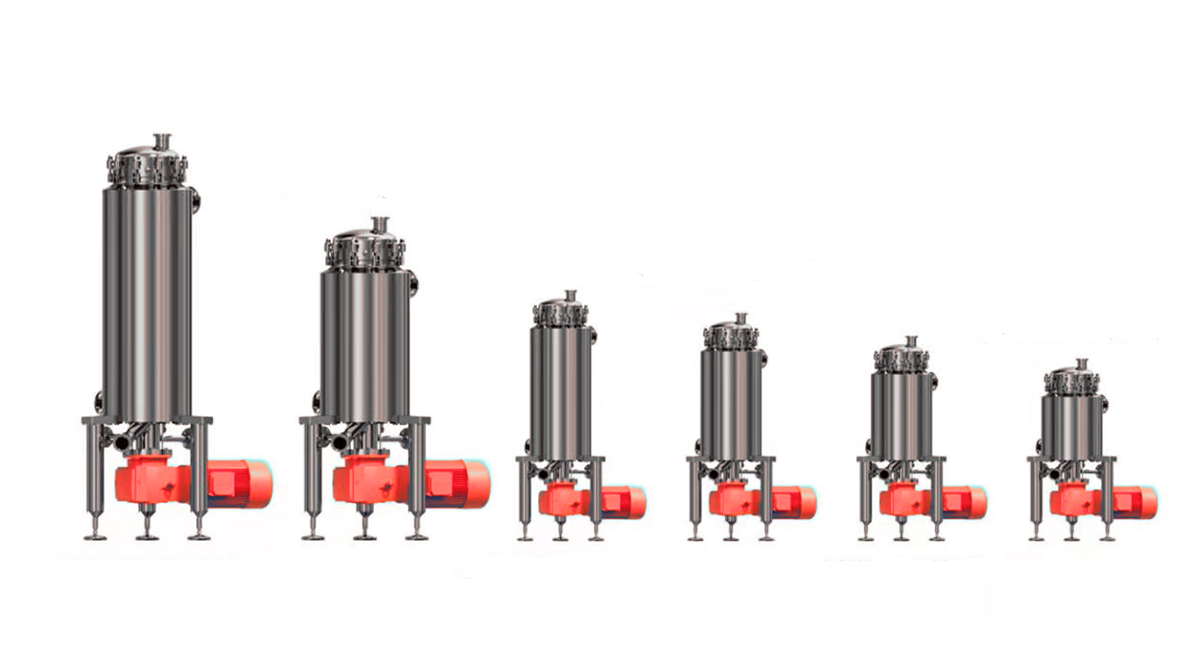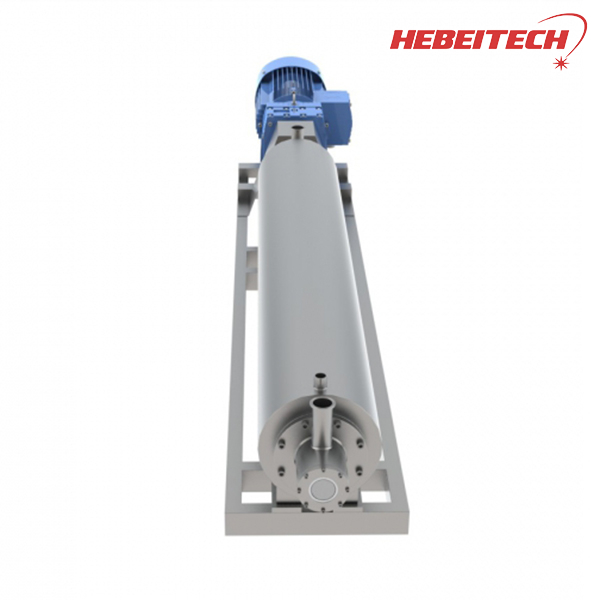The history of breadmaking is as old as the earliest record of civilization. Grains have been ground and mixed with things like beer and water since 8000 BC in ancient Egypt (via Lyon Bakery). Since then, humanity has made several different kinds of bread, including leavened and unleavened, tortillas, pita, naan, sourdough, whole grain, and so on and so forth. The era of breadmaking has reigned as long as anyone can recall, and while the ingredients of your bread might be the tastiest and most important aspects of how your recipe turns out, another element of this culinary tradition can not be overlooked: Kneading.
According to Bon Appétit, kneading is key to the breadmaking experience. When wheat and water and combined, gluten stands begin forming which lend your bread structure and that delicious chewy texture. Some bread doesn't need a lot of mixing before baking, while others need a little more help to activate a stronger gluten structure. This is when kneading becomes a part of the picture. Kneading is the simple but effective process of pushing and folding the dough to create a chewier and tighter crumb. Margarine Production Machine

Kneading is essential to many bread recipes and is especially important when you want your bread to have a stronger gluten structure. However, there is always the danger of over-kneading your dough. Bob's Red Mill states that each loaf of bread will come with unique needs, but a perfect bread recipe can go downhill quickly if the dough is under or over-kneaded. The problem here is that kneading is not easy to measure or calculate, and it is all too easy to go overboard, so you must use your own judgment to know whether your dough is done or not.

Gelatine Votator According to The Washington Post, over-kneading is quite common when utilizing a stand mixer. You'll find the machine struggling with the heavy elasticity of the overworked dough. So, if you choose to use a mixer for kneading instead of making the bread by hand, you must keep an eye on the dough's progress and complete a "windowpane test" to see if you can stretch the dough out enough to see through it. This is a sign that the dough should be done. If you end up over-mixing, you'll notice that your dough is flopping around and feels extremely tight. Unfortunately, there is no fixing the problem. Once the bread is over-kneaded, there is no saving it, and it's best to start a whole new batch.